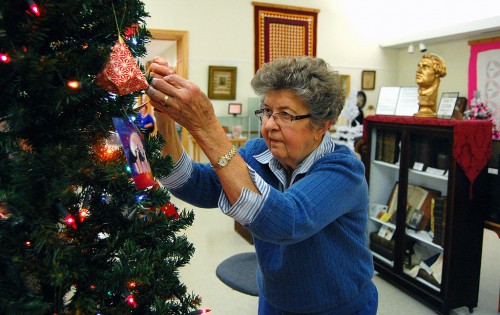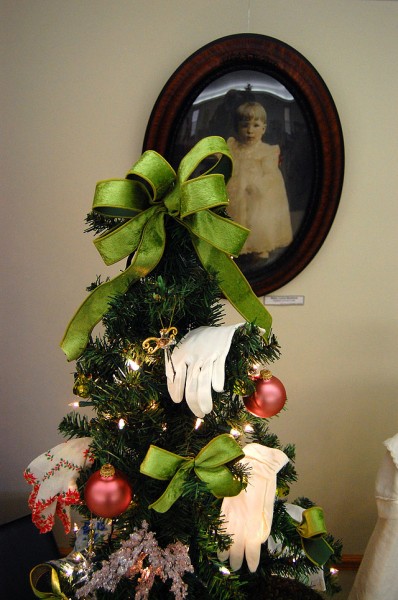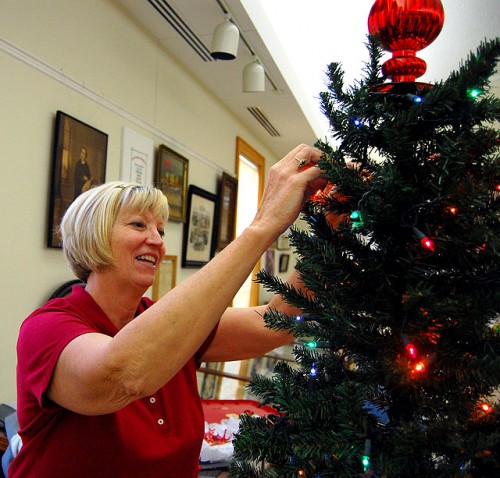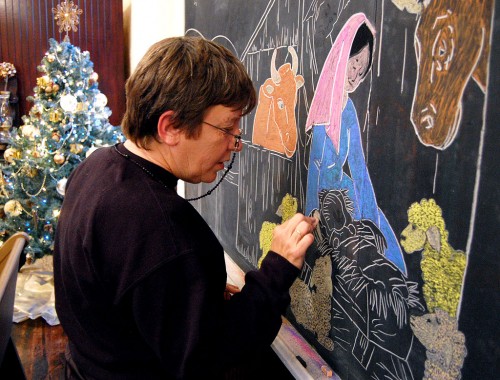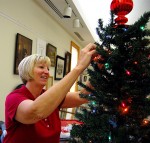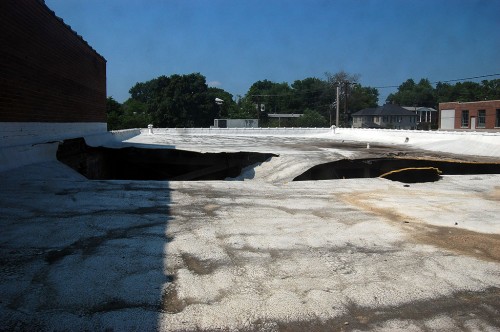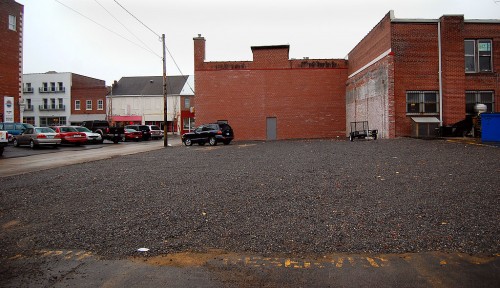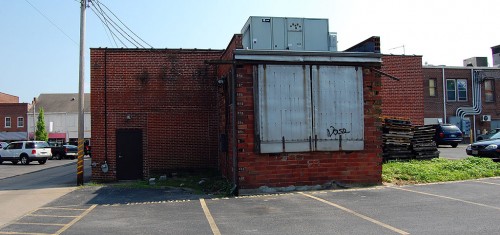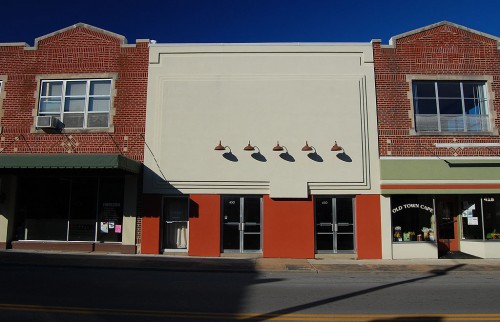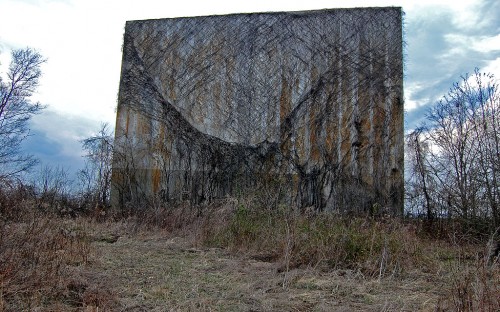 Reader Toni Eftink asked, “Wasn’t there a drive in right outside of Cape near Blomeyer? I think the screen is even still up…has a lot of vines covering it, but I drive past it on my way home to Leopold.”
Reader Toni Eftink asked, “Wasn’t there a drive in right outside of Cape near Blomeyer? I think the screen is even still up…has a lot of vines covering it, but I drive past it on my way home to Leopold.”
Toni is a decade or two too young to have ever seen a movie at the Montgomery Drive-in Theater just south of the Diversion Channel on Hwy 25, but the old concrete screen is still there. She’s right, too, that it’s being devoured by creepy-looking vines like something out of one of the sci-fi movies shown ON that screen.
1960s Montgomery Drive-in aerial
 That’s the drive-in in the lower left portion of the picture. The screen is the bright, square object. The Diversion Channel is on the right. Click on any photo to make it larger.
That’s the drive-in in the lower left portion of the picture. The screen is the bright, square object. The Diversion Channel is on the right. Click on any photo to make it larger.
I’m not sure I ever saw a full movie there. Wife Lila and I went there one night when we were dating, but the mosquitoes were so bad that we bailed early.
Montgomery Drive-In aerial in 2010
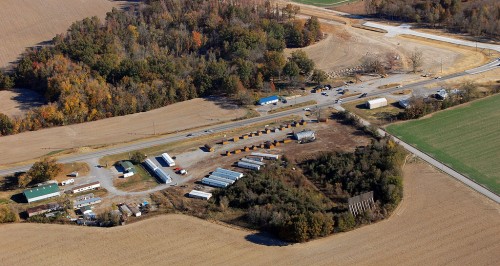 Used mobile homes and other structures have replaced the movie parking area, and thick brush has grown up around the screen. The screen is at the lower right part of the photo.
Used mobile homes and other structures have replaced the movie parking area, and thick brush has grown up around the screen. The screen is at the lower right part of the photo.
No popcorn available here
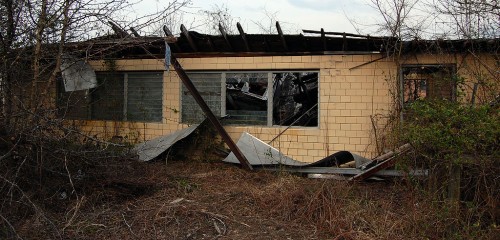 The roof of the projection / concession stand building has collapsed.
The roof of the projection / concession stand building has collapsed.
Building used for storage

It looks like the building had been used for miscellaneous storage of parts by the mobile home folks along the highway.
Screen made of concrete
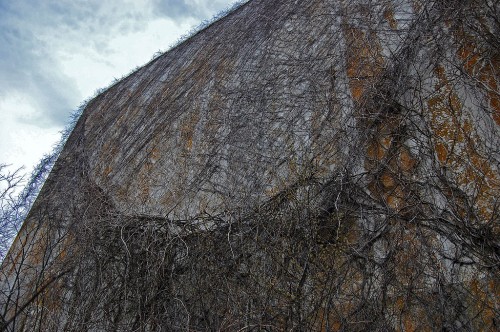 Morris Montgomery, owner of the drive-in, said the original screen was made of redwood shipped in from Oregon. A Missourian story said a windstorm blew it down Sept. 22, 1965. Morris said the wooden screen was replaced with one made of concrete panels cast locally and supported by heavy steel I-beams.
Morris Montgomery, owner of the drive-in, said the original screen was made of redwood shipped in from Oregon. A Missourian story said a windstorm blew it down Sept. 22, 1965. Morris said the wooden screen was replaced with one made of concrete panels cast locally and supported by heavy steel I-beams.
Concrete and I-Beams look sturdy
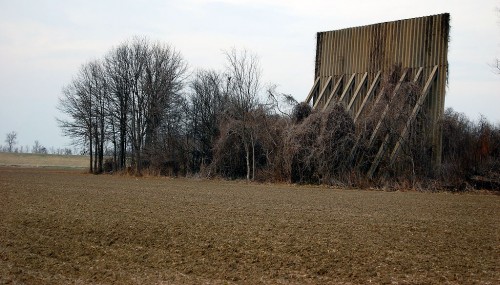 The screen and its supports have held up well for being nearly half a century old.
The screen and its supports have held up well for being nearly half a century old.
Theater showed few first-run movies
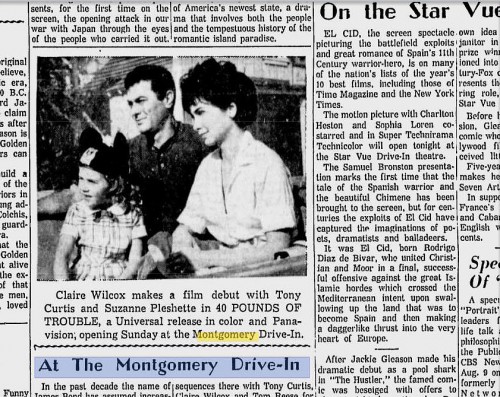 Morris said the drive-in showed very few first-run movies. “The big movie theaters in Cape had contracts that embargoed those kinds of shows for at least 14 days.” TV and air conditioning took its toll, too.
Morris said the drive-in showed very few first-run movies. “The big movie theaters in Cape had contracts that embargoed those kinds of shows for at least 14 days.” TV and air conditioning took its toll, too.
A dollar per carload
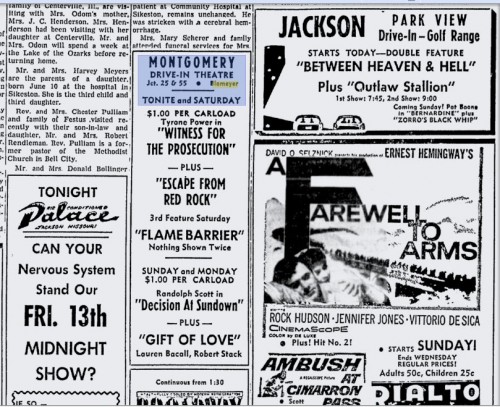 Morris said they experimented with different ways to make the drive-in appealing to the cost-conscious.
Morris said they experimented with different ways to make the drive-in appealing to the cost-conscious.
They tried free Monday nights for awhile, counting on the $100-$150 in concession sales to carry the freight. That’s a lot of hamburgers at 25 cents each and hot dogs priced at 15 cents.
In 1958, you could bring in a whole carload for a buck. “Dad laughed about the night he saw a car coming in with just the driver, but the car’s rearend was dragging the ground. He stopped the car and said, ‘Get ’em out of the trunk. It’s a dollar a carload. I don’t care how many people you stuff in it.'”
I’m not sure when the last movie was shown. Morris said his mother and son tried to re-open the theater two nights a week – Friday and Saturday – in June 1980, but decided very quickly to close it for good.
New Blomeyer roundabout
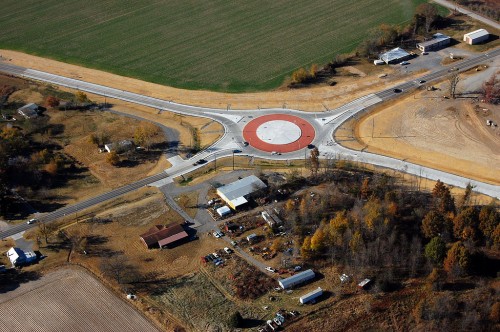 While we’re talking about the Blomeyer area, the state just finished construction of a new roundabout at the intersection of Hwys 25 and 77. Some locals have said that the only problem is that it’s not big enough to accommodate the big grain trucks common to the area. The trucks have to drive up on the red brick area to make the turn.
While we’re talking about the Blomeyer area, the state just finished construction of a new roundabout at the intersection of Hwys 25 and 77. Some locals have said that the only problem is that it’s not big enough to accommodate the big grain trucks common to the area. The trucks have to drive up on the red brick area to make the turn.
The theater is located slightly to the north of this intersection.
 Homemade cuspidor mounted chin-high in restroom in Advance, Mo, McDonald’s.
Homemade cuspidor mounted chin-high in restroom in Advance, Mo, McDonald’s.










